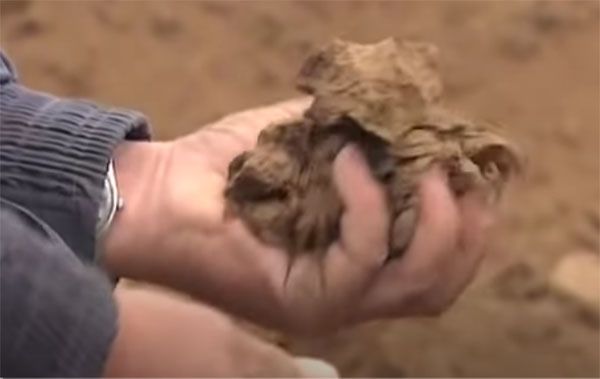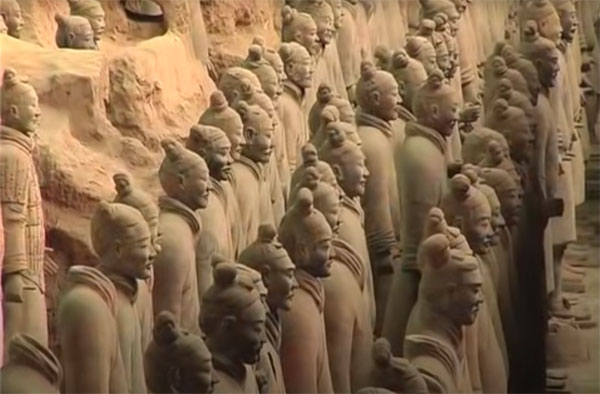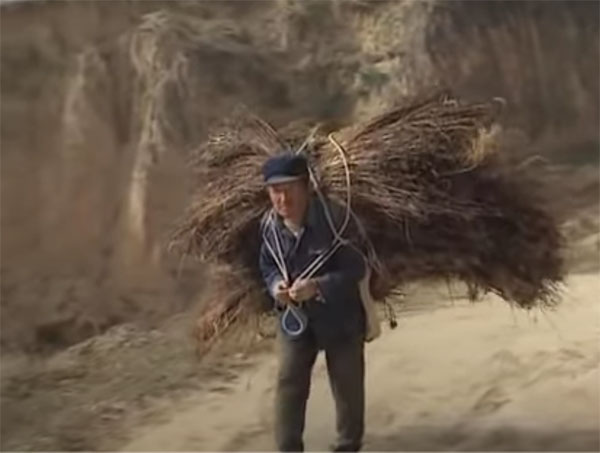Inspiration from China's Loess Plateau
Posted by Rose on 29th Jun 2016
A turn toward eco friendly practices can heal us and the earth faster than we might imagine.
A man carries grass in a place that was once rich in natural resources was exploited and then revived.
As I’ve aged, I’ve come to respect and even be awed by my body’s ability to heal itself. Thanks to the help of some wise health practitioners who have guided me to the right foods and other support my body and mind need, I’ve been impressed by how quickly they often respond.
Naturopaths and other health practitioners often talk about homeostasis, the inherent self-healing ability in us. Sometimes just a few micrograms of a hormone, a few ounces of a nutrient, or ten minutes watching our breath and quieting our minds can bring forth remarkable changes.
So it is with our earth.
I used to assume that the rehabilitation of severely damaged land takes lots of time. But as this video powerfully illustrates, healing can happen faster than we might guess. When China partnered with the World Bank in 2005, the 13,000 square-mile Loess Plateau was in ecological collapse. Millennia of unsustainable grazing and farming practices had left the once-forested terrain in ruin.

Once a land rich in resources, the soil became depleted over time due to poor practices.
After studying the practices of a handful of successful villages in the region and, most crucially, getting the buy-in of villagers throughout the Plateau, the world’s largest watershed restoration project began. The traditional work ethic of the region’s people coupled with a comprehensive restoration plan worked beyond all expectations. Within just a decade, vast swathes of the Loess Plateau have been transformed into productive, healthy land. What’s been learned is scalable to other devastated regions on Earth. This largely unheralded project, which cost $500 million, offers convincing proof that with careful observation and cooperation, even the most devastated landscapes can be healed.

Beneath the land are ancient treasures.
China has been home to a vast sweep of civilization’s history. Astoundingly varied in its terrain, landscape, and people, the country’s most recent era has inflicted harm on all kinds of fauna and flora. Yet, like the Loess Plateau project, there have been highly effective efforts to save endangered species.
I recently watched a well-done six-part British-produced mini-series, Wild China. Released in 2008, it could be argued the program glosses over some of the political and environmental destruction that followed China’s revolution and upheavals. But there have been notable successes in saving and restoring habitats as well as threatened species.
From pandas to cormorants, wildlife has long interacted with humans in China. It is inspiring to see how some of these creatures, once at the brink of extinction, are making a comeback. And how quickly they've done so.
Share:






